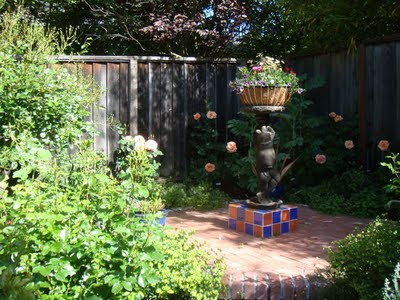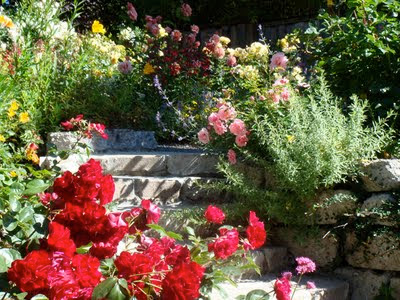Nood-ling (nōōd’lĭng) n. 1. Fishing for catfish using only bare hands, practiced primarily by crazy people who cannot afford proper fishing gear. 2. The intentional annoyance by bloggers who are skeptical of the news as it’s reported, as in “Noodling bureaucrats is more fun than fishing bare hand for catfish and a lot more surprising.” This is now an end of the month feature.
I’ve spent the last couple of weeks traveling through the American and Canadian Northwest, with stops in Seattle, Victoria and Vancouver. This was as much a revisit (we were in Vancouver last August) as well as an opportunity to delve deeper into what makes these exciting cities great places to live in.
Random thoughts:
Waterfront Seattle.org
Seattle is working hard to try and make something of their waterfront, on May 19th a presentation was made to the city about the future of its waterfront (see powerpoint). These ventures take a long time and a lot of money to complete. After living through the 1989 earthquake and watching the ongoing redevelopment of the post-earthquake San Francisco Waterfront, I appreciate what they are faced with. The landscape architect is James Corner, designer of the New York High Line project in Manhattan, exciting stuff.
Seattle Freeway Park
Now in its 35th year, the park (which was built to help cover a freeway expansion), looks well and is an important connector through the core of the city’s urban center. It's well maintained and shows that the city has retaken an important piece of its downtown. The landscape architects were the late Lawrence Halprin and Angela Danadjieva; it was opened in 1976.
 |
| Seattle's Freeway Park and yes the freeway is under all this! |
The Public Market (Pike Place Market)
As always, messy, chaotic, packed with tourists and residents, great piles of fish on ice and a flower market that is available to all, this cultural icon is one great reason to go to Seattle. The restaurants, while well worn, still serve good food. You always wonder when funky and interesting turns to old and tired. I think this is on the edge.
| Flowers and Fish - imagine the fragrance! |
Space Needle and Seattle Center
While the obvious financial driver of this important urban park is the Space Needle (just based on the numerous do-dads and nick-knacks in its gift store and the price!!), it’s just as obvious that this park needs a major overhaul and redevelopment. Seattle Center is now old and very tired. It's in need of a major refinishing. The various components, museums, theaters and institutions all need more than a paint job, the landscape needs a bulldozer and arborist. But the bones are there and the mono-rail is still an important link to downtown (and tell me why it’s not in every major city?).
| The Monorail - Its footprint would fit any city! |
With the community’s interest in the gazillion dollar waterfront project and with funds as tight as they are, I can only hope that they don’t lose sight of their other community resources.
But Seattle is incredibly clean and well kept, there is a sense of creativity about the town and new retail concepts are popping up and, mid-week, restaurants are full - which is always a good sign.
I will take a look at Victoria and Vancouver next week.
Stay tuned . . . .









